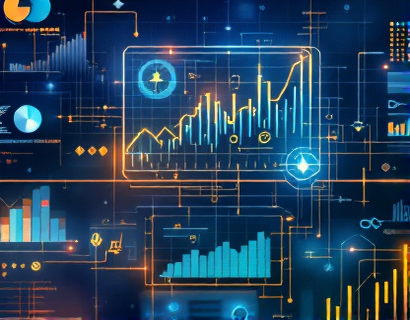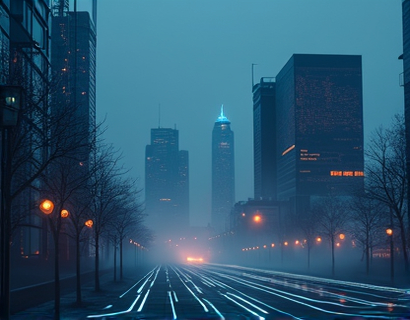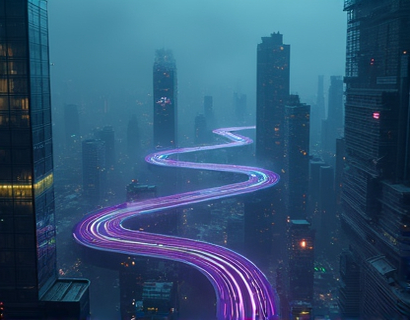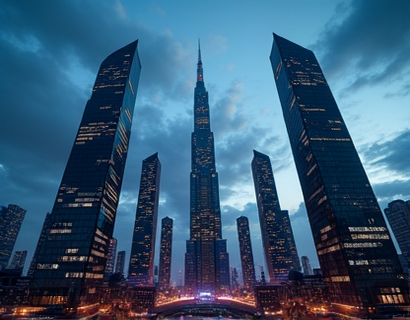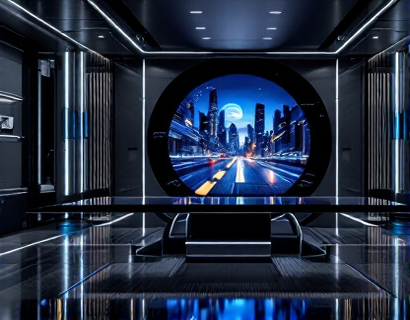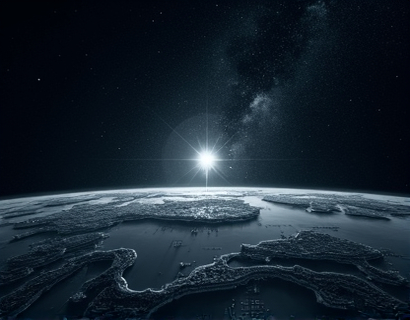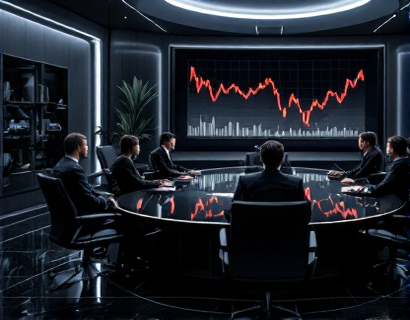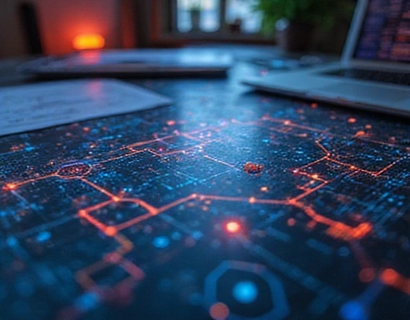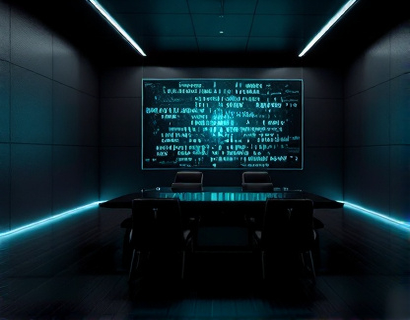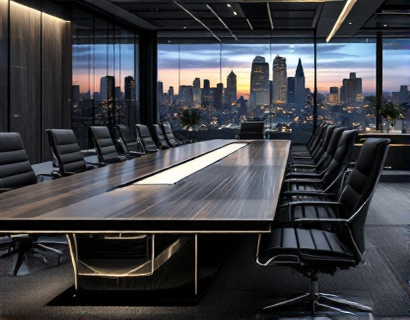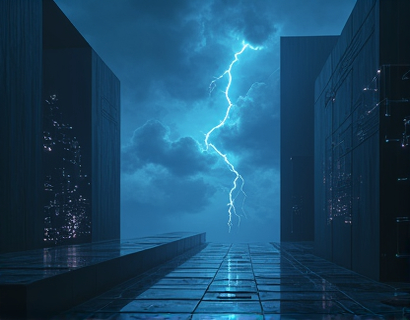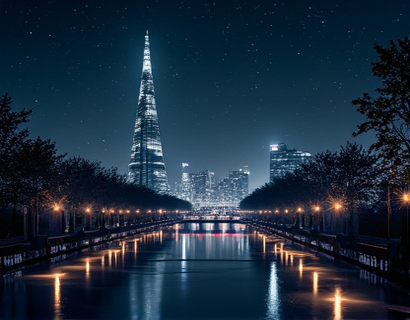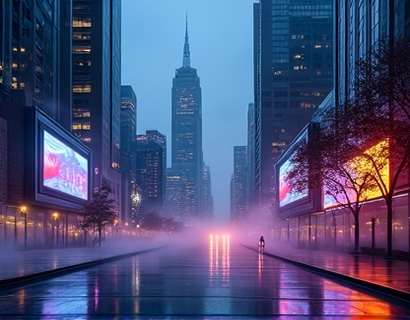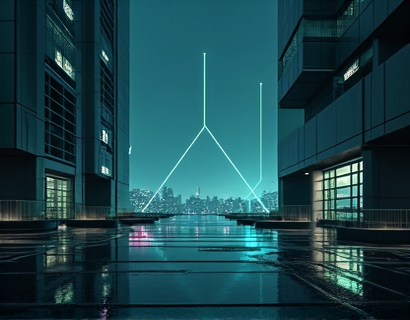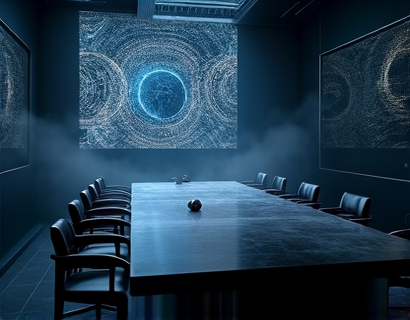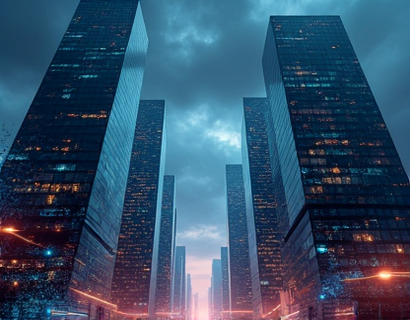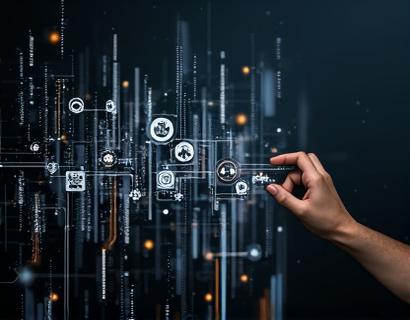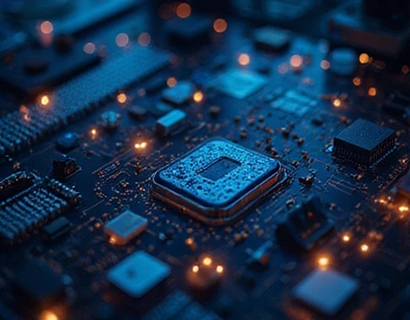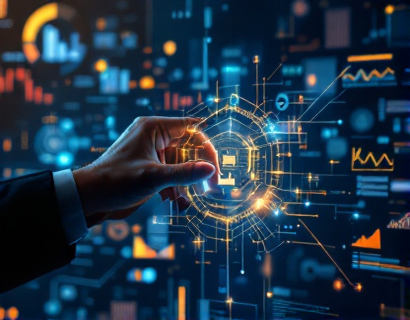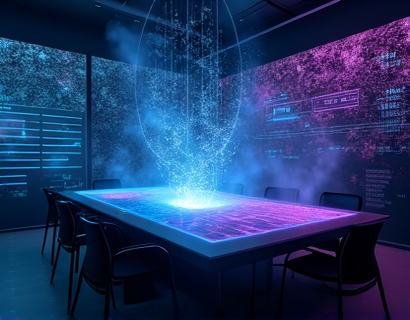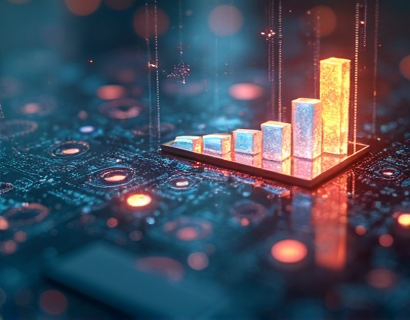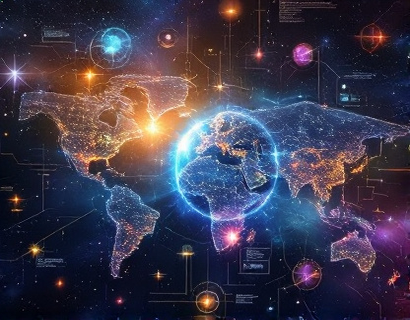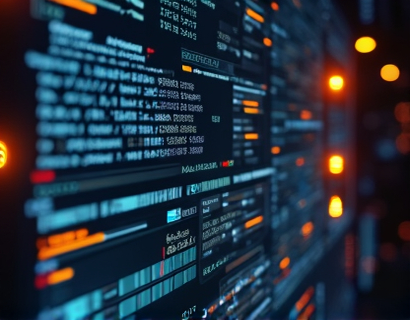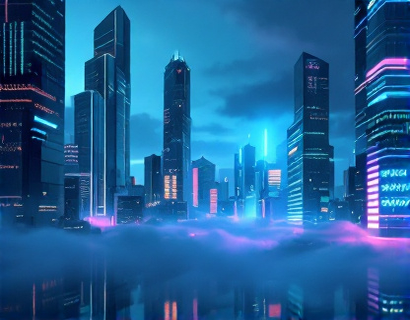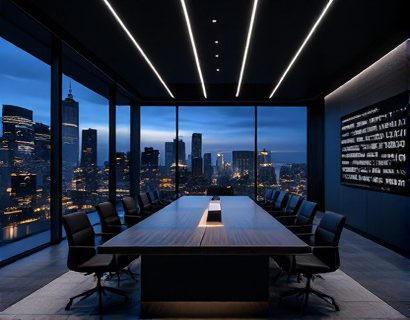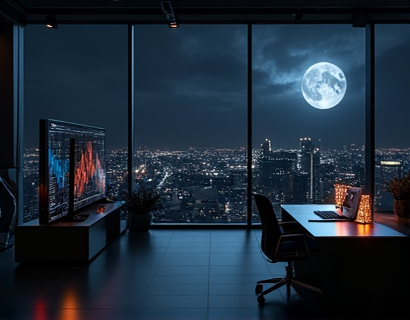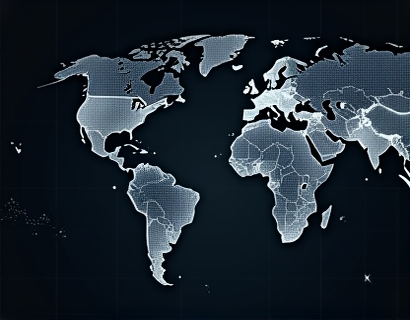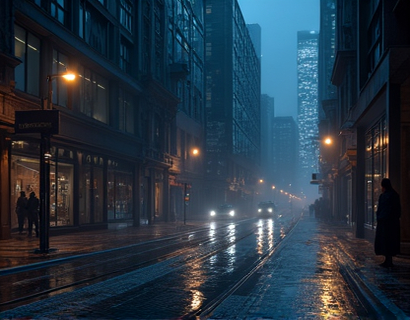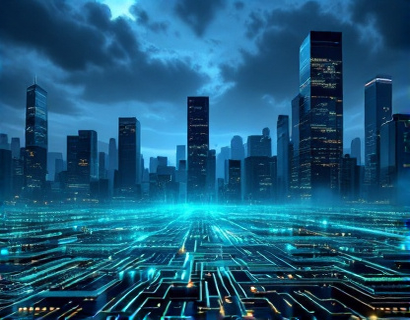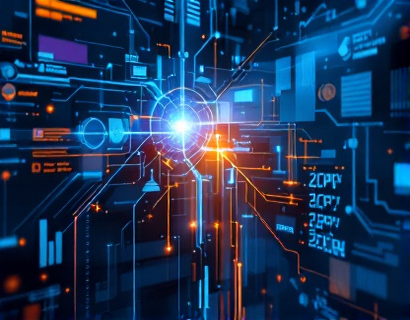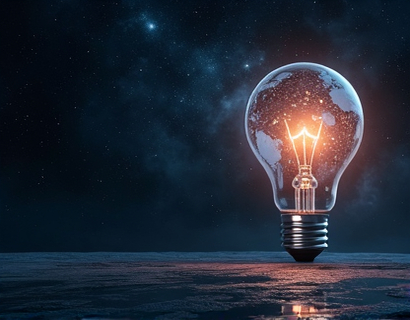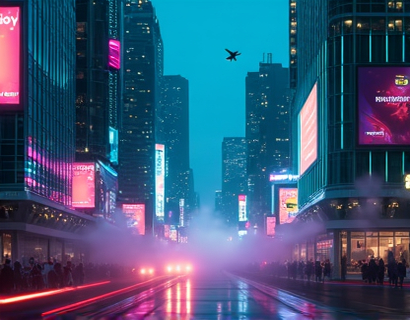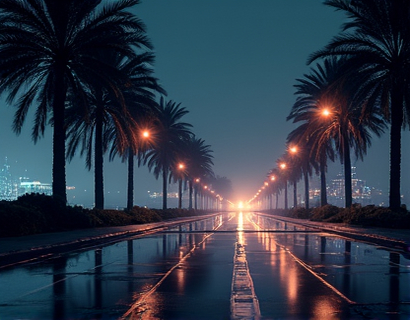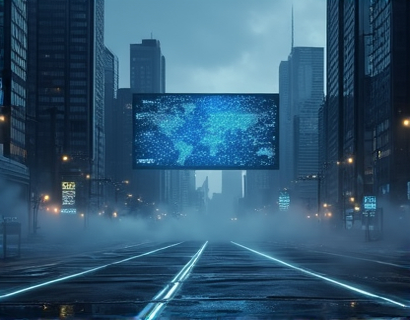AI-Powered Image Creation: Revolutionizing Art with Intelligent Technology
The intersection of creativity and technology has given birth to a new era in digital art, where artificial intelligence (AI) plays a pivotal role in transforming conceptual ideas into breathtaking visual masterpieces. This innovative fusion allows artists and businesses to explore uncharted territories of artistic expression, offering an intuitive and seamless process to generate unique, high-quality images with minimal effort. The advent of AI-powered image creation tools has democratized the art creation process, making it accessible to a broader audience and redefining the boundaries of what is possible in digital art.
The Evolution of Digital Art Creation
Traditionally, creating digital art required extensive skills in graphic design software, a deep understanding of color theory, and hours of meticulous work. The process was often time-consuming and required a significant investment in both time and resources. However, with the emergence of AI-driven tools, this landscape is rapidly changing. These tools leverage machine learning algorithms to interpret textual descriptions and generate visual content that would previously require manual creation. This shift not only saves time but also opens up new avenues for creativity, allowing individuals with limited artistic skills to produce professional-grade images.
How AI-Powered Image Creation Works
At the core of AI-powered image creation lies a sophisticated blend of natural language processing (NLP) and generative adversarial networks (GANs). NLP enables the system to understand and interpret human language, converting textual prompts into actionable commands for the AI. GANs, on the other hand, consist of two neural networks that compete with each other: a generator that creates images and a discriminator that evaluates them. Through an iterative process, the generator learns to produce images that are increasingly realistic and aligned with the user's prompt. This synergy between NLP and GANs forms the backbone of modern AI image creation tools, enabling them to produce high-quality visuals with remarkable accuracy.
Benefits for Artists and Creatives
For artists and creatives, AI-powered image creation tools offer a multitude of benefits. Firstly, these tools serve as a powerful source of inspiration, providing a starting point or a new perspective on a concept. Artists can use AI to explore different styles, colors, and compositions that they might not have considered otherwise. Secondly, the efficiency gained from using AI can significantly reduce the time spent on preliminary sketches and iterations, allowing artists to focus more on refining their final pieces. Additionally, AI tools can help overcome creative blocks by suggesting novel ideas and combinations, fostering a more dynamic and innovative creative process.
Applications for Businesses and Brands
Beyond individual artists, AI-powered image creation tools are also transforming the way businesses and brands approach visual content. In an era where visual content is king, having access to high-quality, unique images is crucial for standing out in a crowded market. Companies can use these tools to generate custom logos, product visuals, marketing materials, and social media content without the need for an in-house design team. This not only reduces costs but also accelerates the content creation process, enabling businesses to respond more quickly to market trends and consumer demands. Moreover, AI-generated images can be tailored to specific brand aesthetics, ensuring consistency and coherence across all visual communications.
Customization and Control
One of the most compelling aspects of AI-powered image creation is the level of customization and control it offers. Users can provide detailed prompts, specifying elements such as color schemes, styles, and even specific objects or scenes they want to include. The AI then interprets these prompts and generates images that closely match the user's vision. This level of control allows for a high degree of personalization, ensuring that the final images align perfectly with the user's requirements. Additionally, many AI tools offer iterative refinement, allowing users to make adjustments and fine-tune the results to achieve the desired outcome.
Ethical Considerations and Copyright Issues
As with any emerging technology, the use of AI in image creation raises important ethical and copyright questions. One primary concern is the potential for AI-generated images to infringe on existing copyrights, especially when the prompts are based on copyrighted works. To mitigate this risk, it is essential for developers and users to ensure that the training data used for AI models is legally sourced and that the generated images do not violate intellectual property rights. Additionally, transparency is crucial. Users should be informed about the nature of AI-generated content and the steps taken to ensure compliance with legal standards. By addressing these concerns proactively, the AI image creation community can foster a more trustworthy and sustainable ecosystem.
Future Prospects and Innovations
The future of AI-powered image creation is promising, with ongoing research and development poised to push the boundaries even further. Advancements in deep learning and neural network architectures are expected to enhance the realism and complexity of generated images, making them nearly indistinguishable from those created by human artists. Moreover, the integration of augmented reality (AR) and virtual reality (VR) technologies could open new dimensions for interactive and immersive art experiences. As AI continues to evolve, we can anticipate more sophisticated tools that not only generate images but also assist in the entire creative process, from concept to final execution.
Conclusion
AI-powered image creation represents a significant leap forward in the realm of digital art, offering unprecedented opportunities for both artists and businesses. By harnessing the power of advanced technology, these tools empower users to transform their conceptual ideas into stunning visual art with ease and efficiency. As the technology continues to mature, it is likely to become an indispensable asset in the creative toolkit, driving innovation and expanding the horizons of artistic expression. Embracing AI in art creation is not just about adopting a new tool; it's about embracing a new paradigm of creativity that combines the best of human imagination and machine intelligence.



